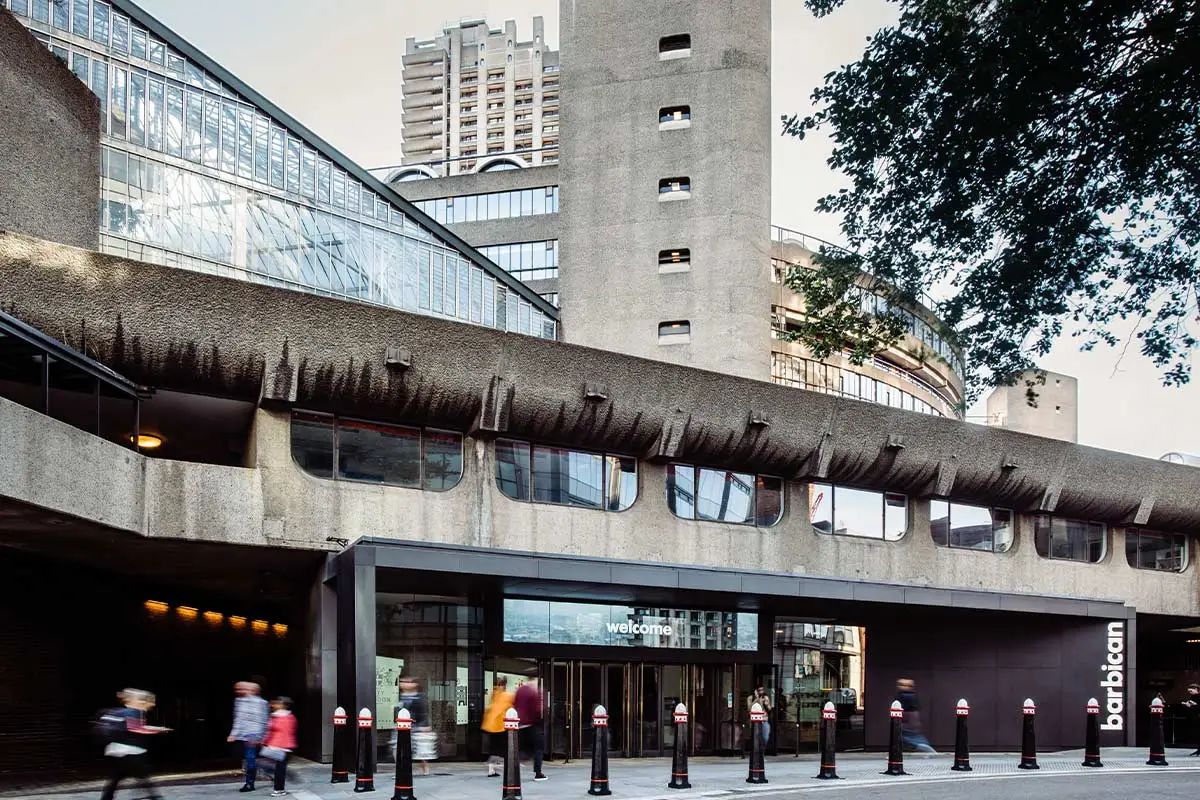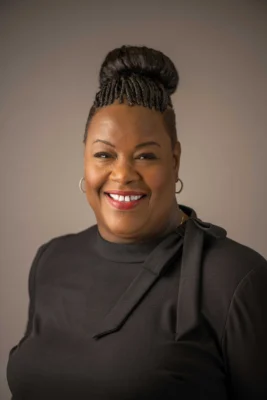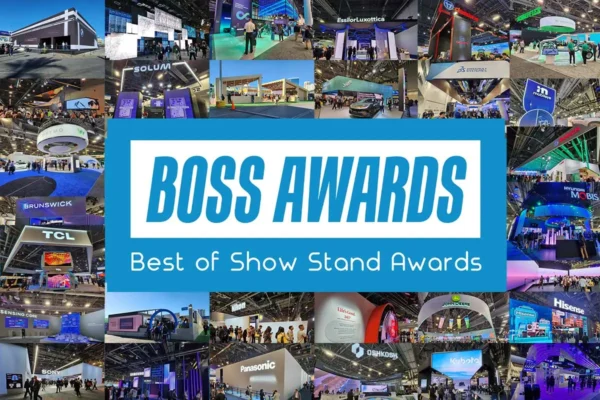(Image Credit Max Colson)
New survey reveals the growing demand for integrating culture and arts into conferences and events
submitted by Adam Baggs, Soaring Worldwide
A new survey from Barbican Business Events revealed that an overwhelming 77% of the respondents have incorporated elements of culture and the arts into their conferences or events, with 20% of them integrating these elements either significantly or completely.
These figures highlight the increasing importance of cultural elements in commercial, association, charity and not-for profit conferences and meetings.
Further details from the survey indicate diverse applications of cultural and artistic elements. From the 77% who already incorporate culture and the arts:
- 29% have embedded cultural or artistic themes.
- 67% have featured cultural or artistic performances.
- 31% have run cultural or artistic activities alongside their events.
- 24% have utilized arts professionals to enhance creativity.
- 11% have engaged arts professionals to improve delivery.
- 24% have included arts professionals as guest speakers.
- 31% have incorporated workshops involving the arts.
The respondents cited multiple benefits for integrating arts and culture including:
- 61% noted an increase in attendee engagement.
- 37% aimed to attract a more diverse audience.
- 63% believed it enhanced the event’s overall appeal.
- 26% found it improved knowledge retention.
- 22% used it as a differentiator from competitors.
- 33% conveyed specific messages or themes through the arts.
- 56% aligned their events with the destination or venue’s cultural aspects.
Additionally, 61% of respondents observed that including cultural content led to an increase in registrations, with 9% noting a significant increase in registrations. Looking ahead, 89% of the respondents expect to incorporate arts and culture into their future events, which is a 12% rise on those already doing so.
At the Barbican, one example where the arts and culture are immersed into conferences and events are the availability of Architecture Tours, which take delegates across the Centre’s Brutalist estate; explore little known nooks and crannies; and visit areas most attendees miss, such as the high-walks, leafy courts and sweeping crescents.
“It’s truly inspiring to see the depth and creativity with which culture and the arts are being integrated into events and conferences. These elements are not merely additions; they transform events into vibrant, immersive experiences that engage and inspire attendees,” comments Jackie Boughton, Barbican’s Director of Commercial. “By embracing arts and culture in their events, organizations are not only enhancing the attendee experience but are also tapping into the profound impact that creativity has on communication and learning. As a creative catalyst, the Barbican is perfectly placed to showcase the most exciting art from around the world alongside being a hub that creates connections and convenes critical business thinking. We’re passionate about making every event, conference or commercial activity a memorable cultural experience, not just a gathering in an iconic venue.”
The research was conducted via a survey of corporate, association and agency clients working with the Barbican. The survey received 70 responses: 81% were from Europe (48% from the UK) the remaining 19% were from the rest of the world (14% USA).
About the Barbican
The Barbican is a catalyst for creativity, sparking possibilities for artists, audiences, and communities. Opened in 1982, the Barbican is a unique and audacious building, recognised globally as an architectural icon. As well as our theatres, galleries, concert halls and cinemas, we have a large conservatory with over 1,500 species of plants and trees, a library, conference facilities, public and community spaces, restaurants, bars, and a picturesque lakeside oasis. For more information, visit our website or connect with us on Instagram | Twitter | Facebook | YouTube | Spotify | LinkedIn































